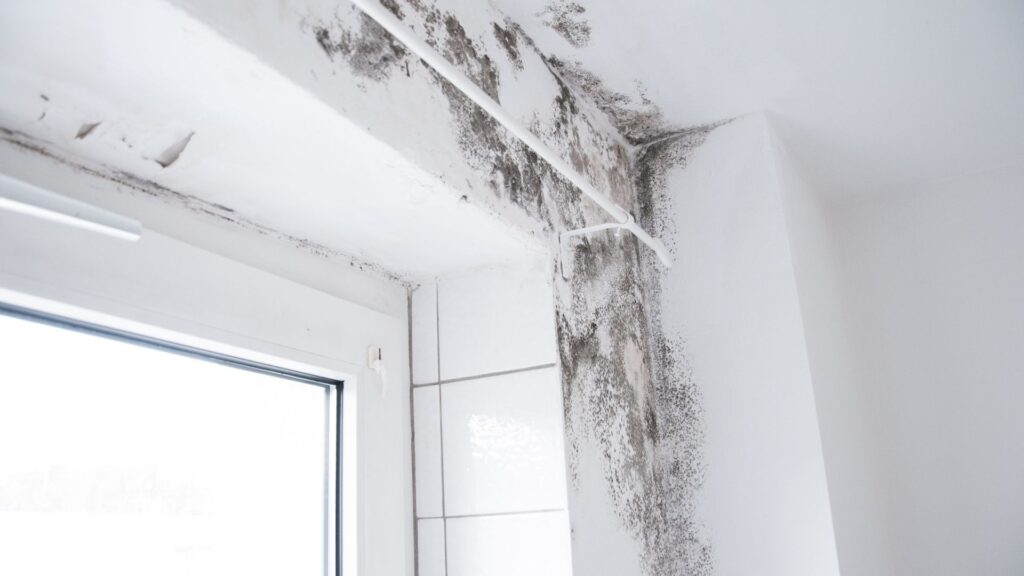

Water can quickly damage a home, compromising wood and drywall, as well as other finishes. If you own or manage a multi-family complex, you know water can easily find its way from the original source into another dwelling. Even if you have a strong maintenance program, unexpected things can happen, especially because you cannot see behind walls. Aside from the cosmetic damage, water risks expensive repairs to damaged structures, and if not treated as soon as possible, runs the risk of health hazards, like mold.
How to Spot Water Damage
When water damage appears, it usually presents itself as a brown stain. As the damage increases, the spot will expand, and you may end up with darker brown rings. The damaged area may feel damp, soft, or spongy. If it is a painted area, you may notice bubbling or flaking of the paint. The paint may become easy to peel off, revealing the water stain. These stains can appear on ceilings, walls, or floors. It is also not uncommon to discover them on baseboards.
In a multi-unit facility, attached units should be examined to ensure that the water has not infiltrated beyond the initial area. Whether you find damage in one unit or multiple units, the faster you repair the damage, the lower the risk of expensive remediation.
Leave the Repairs to the Experts
Proper water damage cleanup is best left to the professionals. First, the leak must be corrected. Painting over water stains is only a temporary cosmetic fix if the area continues to get wet. If the damaged area is small, it may be possible to wait for it to dry. However, drywall is an excellent medium for mold to grow on, and replacing large areas of water damage is usually the best option.
The experts at Stone Valley Painting understand how to correct and paint water-damaged areas. Our commitment to customer service and reputation for quality means your paint will be repaired to the highest standards of professional workmanship. Contact our office today to schedule your repairs for a cost-effective solution to water-damaged areas.

